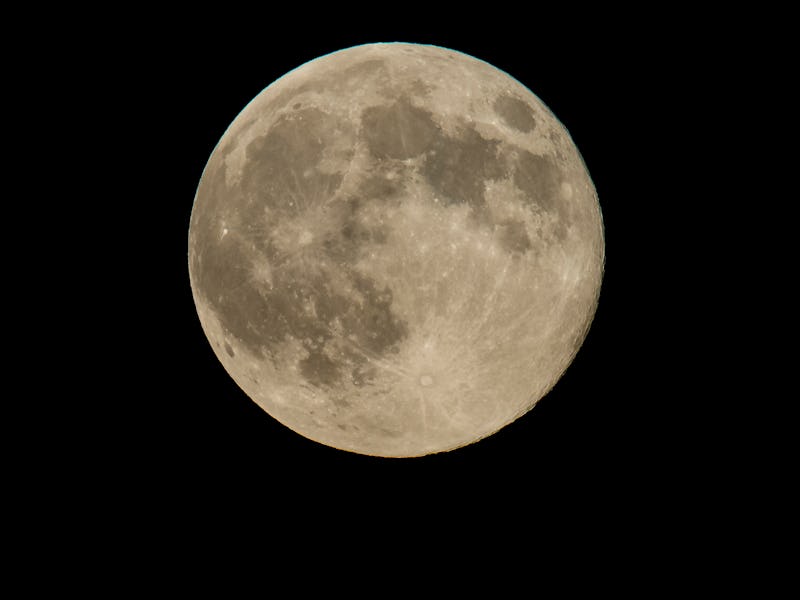How to See the "Full Buck" Moon on July 19
It's thunderstorm and antler growing season under the big buck moon.

It takes 29 and a half days for the phases of the moon to complete one cycle, meaning we get at least one full moon per month, when it’s two, the second occurrence is labeled a Blue Moon. Before the advent of the Gregorian Calendar, many ancient civilizations used this predictable cycle to mark the passage of time, and instead of months, they gave each moon a name. In the U.S., the Native American tribes dubbed July’s full moon either the Buck Moon, or the Thunder Moon. This year, the big Buck in the sky is going up around 8 p.m. Eastern time on July 19.
The two names come from characteristics of the month: male deer, or bucks, start to regrow their antlers from the spring molt in July, and the second summer month has more than its fair share of electrically charged storms.
Many Native American tribes named full moons, but most of the monikers in use today were given to us by the Algonquin tribe. The historical territory of the tribe includes much of New England, and as such, they had a lot of contact with America’s early settlers. This early access might be the reason their names stuck around.
One complete cycle of the phases of the moon.
On the night of the Full Buck Moon, our closest celestial neighbor will start to rise around 8 p.m. Eastern time, reaching its zenith just after midnight. There will be a lot of detail on the moon’s brightly-lit face, so break out the binoculars and get a closer look. If you don’t want to purchase a telescope but are dying for an even more detailed view, you can go to this website to see if there are any local viewing parties in your area.
Or just take it low-tech: step outside anytime after 8 p.m. and take a gander. Then go back inside and feast your eyes on the only Buck that’s ever mattered, Uncle Buck. Here’s one to get you started.